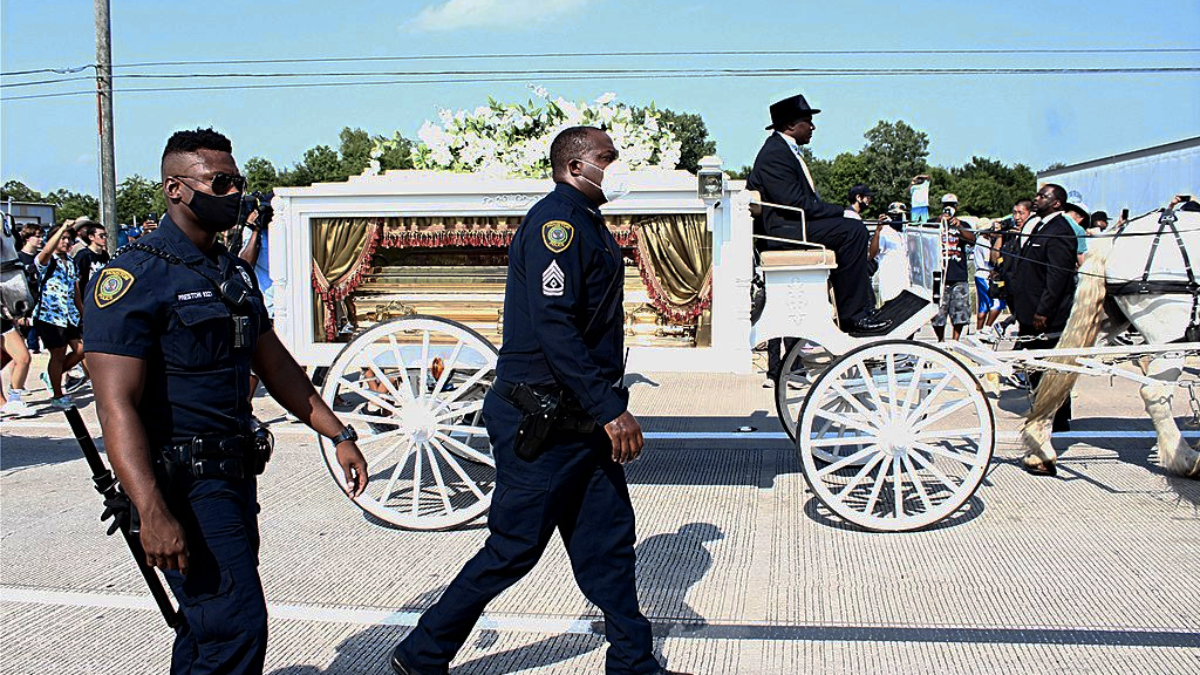“No credible threats” around George Floyd burial. Officers were still authorized to use deadly force.

Customs and Border Protection found “no credible threats” ahead of George Floyd’s burial, but still authorized its officers to use deadly force after deploying them to Pearland, TX, according to documents obtained by CREW.
CBP received a request for support from Pearland’s Police department at 5pm on June 4, 2020. The agency’s support request stated that CBP would “deploy a contingency force in support of [sic] respond to any civil unrest and provide security to the City of Pearland Police Department and surrounding area.” CBP noted that “although there are no credible threats to the area, [the Texas Department of Public Safety] and [the Pearland Police Department] are preparing for contingencies that range from peaceful protest to attacks to the nearby police station.”
The operation was approved six hours after the request, and CBP officers departed for Pearland at 10:50 am the following morning.
Despite the lack of credible threats, CBP provided a heavy law enforcement presence. An after-action report reported that the Rio Grande Valley Special Operations Detachment “deployed a contingent capable to conduct high risk tactical law enforcement operations aimed at suppressing any civil unrest or threats to the general public or infrastructure.” The ACLU previously reported that the deployment included 66 paramilitary agents from Border Patrol’s BORTAC unit and six snipers, and authorized use of both gas munitions and deadly force.
While in Pearland, the CBP officers conducted reconnaissance, integrated with the Pearland Police SWAT team, coordinated munitions inventories and distributions and rehearsed contingencies for the funeral procession.
This is clearly a disproportionate response for a burial with no threats of violence, but CBP didn’t leave empty handed. They were able to pass on a report of Antifa activity in the area—although technically, it was just a report of a woman walking down the street wearing a shirt that said “ANTIFA” on it. Three hours later, they sent an update that they couldn’t find her.
Header photo by 2c2kphotos under a Creative Commons license.